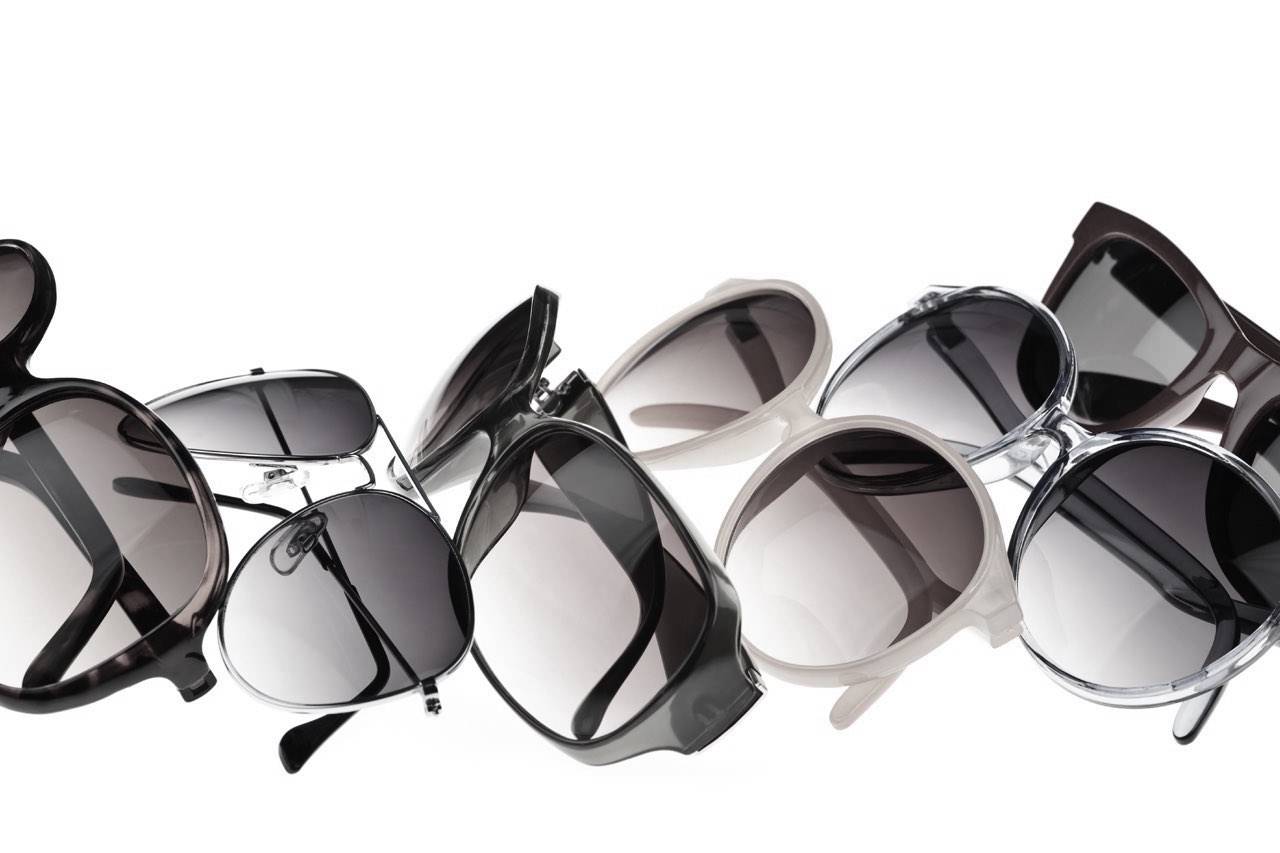How to Stop the Progression of Nearsightedness
Myopia refers to the common vision condition of nearsightedness, which makes it difficult for people to see objects and views in the distance. While it may be easy for you to read a book held in your hands, it may be challenging to see the TV screen or a sign posted on the other side of the street.
With kids, myopia often gets worse year after year, and with each pediatric eye exam, our Washington, DC, eye doctor will issue a stronger vision prescription. Many parents and children wonder – is there a way to prevent or control myopia?
Methods of Myopia Control
At present, myopia control is a hot debate amongst eye doctors, and scientific studies on this topic are ongoing. Total prevention of myopia, which is typically a genetic condition, is not possible – yet, some treatments appear to slow down myopia progression. Here are the basics of the various methods that we may recommend for kids in our Washington, DC, optometry clinic:
Orthokeratology (ortho-k)
These rigid gas permeable contact lenses are designed specially to reshape your cornea while you sleep. You insert them before bedtime and remove them in the morning to enjoy sharp vision with no eyewear!
Myopia occurs due to either an elongated eyeball or a cornea that has an extreme curve. Therefore, in the same way that ortho-k lenses mold the surface of your eyeball to correct refractive error, they can gently change the shape of nearsighted children’s eyeballs. By reducing the lengthening process of kids’ eyes, any existing myopia is reduced and the progression is slowed. Many studies show that ortho-k lenses can decelerate nearsightedness by slightly less than 50%.
 Multifocal eyeglasses or contact lenses
Multifocal eyeglasses or contact lenses
One research study demonstrated that nearsightedness can be decreased significantly in kids between 11 to 14 years old, just by wearing bifocal contacts for more than 10 months. However, more investigation is necessary to figure out the best refractive power for kids to wear.
A different study discovered that when nearsighted kids wore eyeglasses with progressive multifocal lenses, the rate of myopia progression was slower than in kids who wore standard, single vision lenses. Essentially, focusing fatigue has been associated with myopia, and it’s possible that the magnification in multifocal lenses helps to decrease focusing fatigue due to near vision.
Atropine eye drops
Current research regards atropine as an efficient way to control pediatric myopia, however there are numerous undesirable side effects to this topical medication. Patients may be disturbed by pupil dilation, glare, and loss of the ability to focus. Although studies are encouraging for this drug, the FDA has not approved its use for myopia control.
More Outdoor Playtime
Two of the most important words that parents can tell kids with myopia are: go outside! When children spend more time outdoors, it appears to lower the speed of myopia progression.
Monitor Myopia with Regular Eye Exams
As your kid’s eyes grow throughout childhood, myopia generally grows and worsens too, until the eyes stabilize at about 20 years old. Even if you don’t notice any change in your child’s behavior and she has no vision complaints, routine eye exams are strongly recommended! If myopia worsens and your child’s vision prescription isn’t up-to-date, it can threaten classroom learning and cognitive development. When eye exams lead constantly to a stronger vision prescription, it’s time to inquire whether your child is a good candidate for myopia control.
To learn more about myopia control, contact us to schedule a consultation. Our Washington, DC, eye doctor will be pleased to meet with you and your child!


